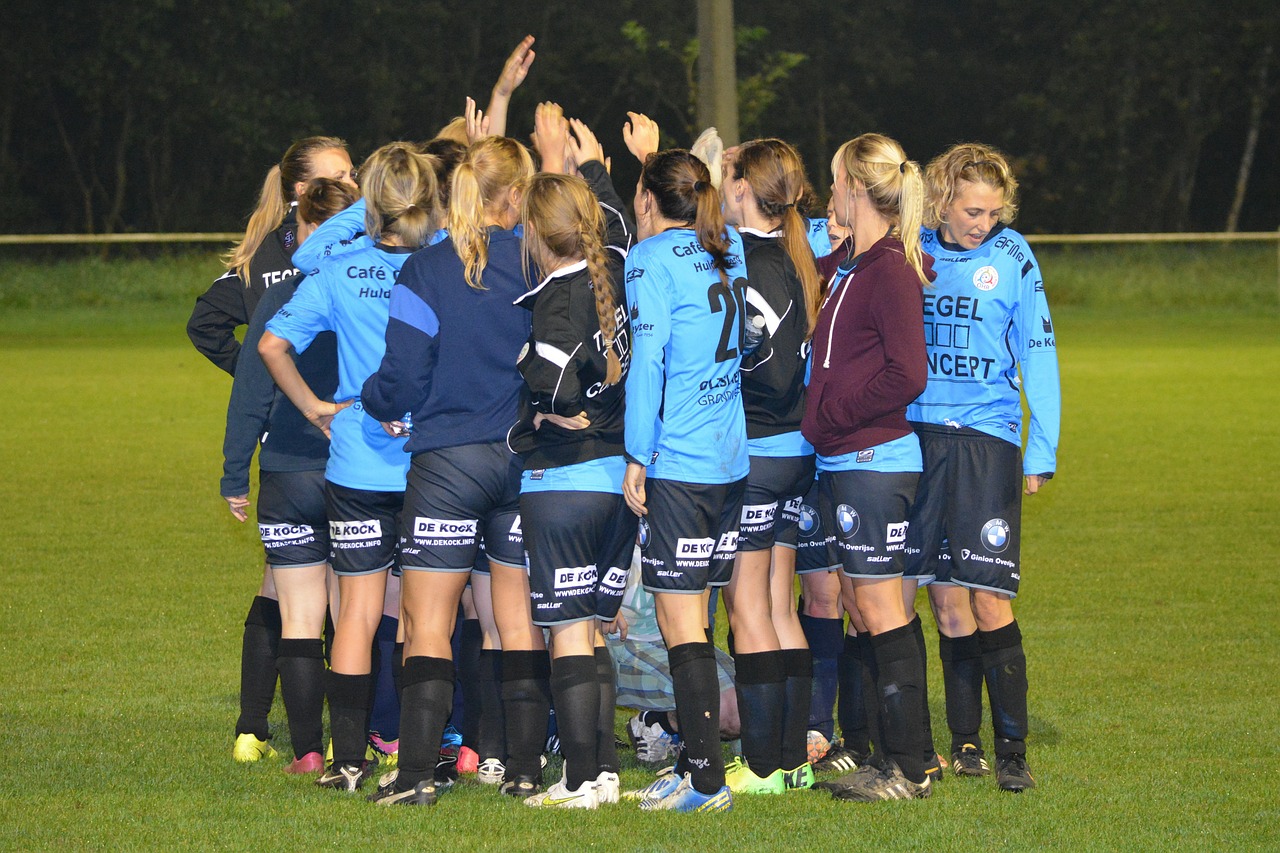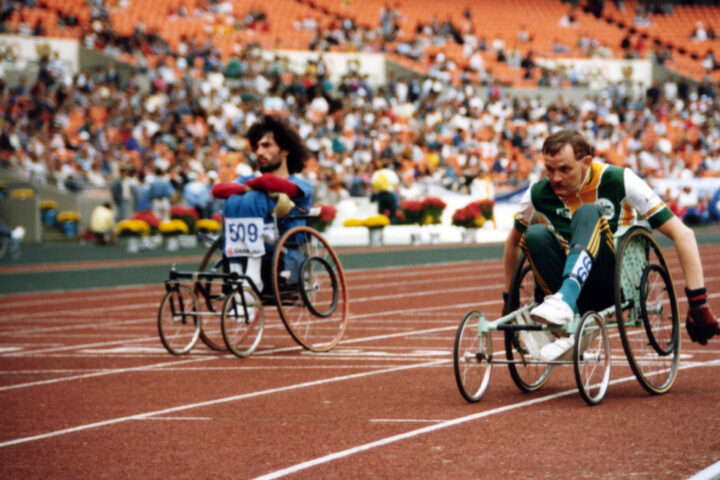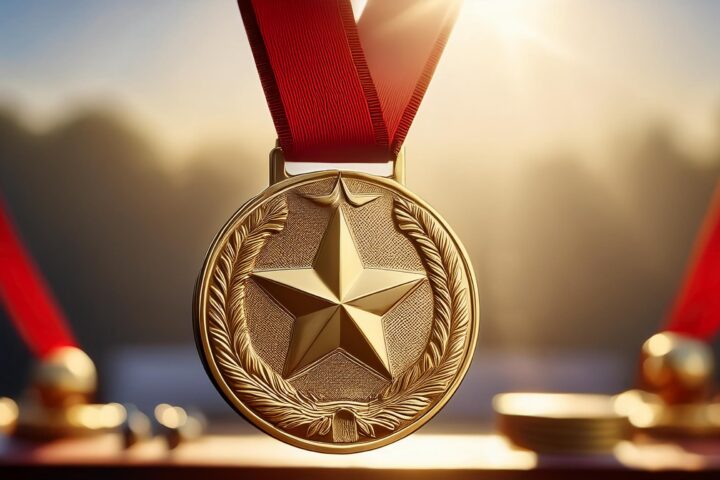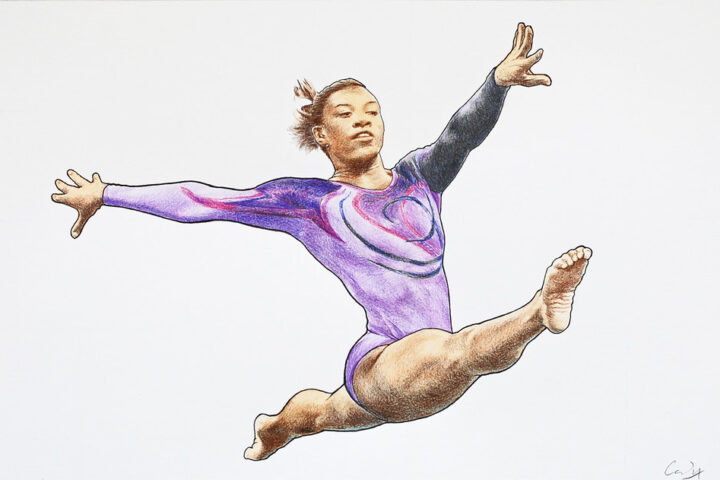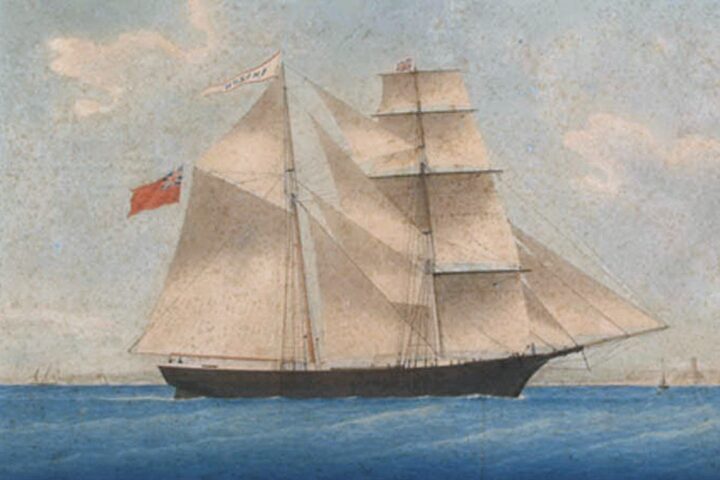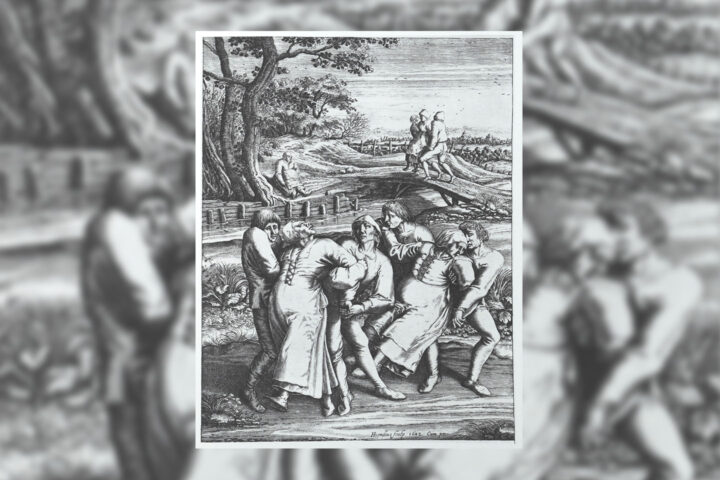Source:needpix.com/photo/download/252313/team-sport-women-people-football-group-team-building
Understand what sets team sports apart from individual sports. Learning the psychology behind team interactions can help with the creation of a more productive and cohesive environment.
Team sports are vastly different from individual sports, where you have to take care of more than just one person- that is yourself- in order to perform better in the game. Here, team dynamics act as the invisible forces that influence the behaviour and the performance of the group. These dynamics, in turn, are also influenced by several psychological factors which can either strengthen the forces or weaken the forces.
If someone wants to get into team sports, it’s important that they start understanding more about the psychology of team dynamics, so that they are able to create a more productive and successful team environment.
Leadership
One of the most critical elements of team dynamics is leadership, which can act as a catalyst for the success of the team. The very concept of leadership has been studied by a lot of people and one definition has been agreed upon by almost everyone in the researchers’ community. It states that leadership is “a process that involves influencing others, occurs within the context of a group and focuses on the attainment of common goals.”
In sports teams, the mantle of being the leader can be taken up by coaches, formal athlete leaders, as well as informal athlete leaders, and their leadership has reportedly influenced other elements of team dynamics like cohesion, motivation, and communication positively.
A strong leader is one who can provide direction clarity and support to the members of the team. It’s up to them to develop an environment where the members feel safe enough to ask for help and advice. There are a few different types of leadership styles which have varying effects on the performance of a team:
- First, we have the Transformational Leadership style, in which the main motive of the leader is to motivate the team members to perform better than their own expectations. This is done by promoting the idea of a shared vision which helps with making all of the members feel connected with each other. It encourages creativity and personal growth.
- In the Transactional Leadership style, leaders use a system of rewards and penalties to keep the members in check. The tasks are clearly defined and rules are laid out for adhering to. While this style is very effective for maintaining discipline, it can hinder the flexibility and growth of the team.
- Some leaders also opt to adopt the Servant Leadership style in which involves them taking care of the well-being and needs of their team members. By focusing on every member individually, they are able to understand their team on a deeper level and foster trust and loyalty.
But many research papers also tell us that while there has been an increase in the focus on understanding leadership in general, very less attention has been paid in order to develop this element within teams. This needs to be rectified because leadership can influence the whole team and their dynamics a lot, and take it to the next level.
Communication
Leadership won’t be able to do much if members don’t have open clear and effective communication with each other. Communicating clearly with each other will only help out in clarifying goals and tasks which will strengthen the backbone of a successful team. This can be done in 2 ways:
- Team leaders and their members can communicate face-to-face by holding regular meetings, taking feedback, and taking the time to resolve conflicts and misunderstandings between the members and themselves. This is called Verbal Communication.
- In Non-verbal Communication, the body language, expressions, and tone of voice has the attention of the observer. Leaders and team members have to pay equal attention to understand the non-verbal cues their partners are giving.
Motivation
The driving force for good performance and engagement is obviously motivation, which needs to be faster in order to maintain the productivity, performance, and overall satisfaction of the team. When the team members feel motivated, they feel like they are able to perform better, engage better, and collaborate more effectively. Just this feeling can amplify the way they perform and strive for success.
When someone’s motivation comes from within and they are driven by a personal sense of accomplishment, they have Intrinsic Motivation. On the other hand, we have Extrinsic Motivation, which is fostered by external factors like pay raises, bonuses and recognition.
Common Psychological factors that boost motivation are:
- An individual’s sense of Autonomy is quite important; once they feel like they have the freedom to make their own decisions, they are more likely to take the initiative and perform better.
- A Purpose is required for the player to work towards. This factor can boost their motivation because they would believe that their work would have a meaning and would contribute to a bigger goal.
- Learning and developing skills on the regular also motivate teams. Mastery of a skill makes players feel more competent and amplify their motivation.
Cohesion
And finally, we have the glue that holds the team together- team cohesion. It sounds like a relatively new term but isn’t that hard to understand. Team cohesion refers to the degree to which team members are united in pursuit of a common goal. Simply put it means how much united the team members feel for achieving the same goal. So, more cohesion means there is going to be better communication and stronger collaboration.
- The first factor that promotes team cohesion is Trust. Team members need to trust their leaders in order to listen to their advice and orders. Similarly, leaders also need to place ample trust in their members to understand their abilities and skills better. Open communication and mutual respect facilitate the growth of trust.
- If everyone in the team realizes and understands that there are shared goals to be achieved, they will be able to work together more effectively.
- As a result of the aforementioned factor, the team will be able to see themselves as a unified team. A group identity will be fostered and will be more likely to collaborate and support each other.
These are just four factors in the psychology of team dynamics which is a multifaceted subject. All of these, when executed properly, improve performance and cultivate positive, cohesive, and resilient dynamics that can achieve new heights.
Resources
- Leadership And sport. (2020, March 30). Team Cohesion in Sport. Leadership and Sport. https://www.leadershipandsport.com/team-cohesion-in-sport/
- Cotterill, S. T., Loughead, T. M., & Fransen, K. (2022). Athlete Leadership Development Within Teams: Current Understanding and Future Directions. Frontiers in Psychology, 13. https://doi.org/10.3389/fpsyg.2022.820745
- https://facebook.com/athleticinsight. (2024, September 6). Team Dynamics and Communication in Sports: Boosting Performance and Cohesion – Athletic Insight. Athletic Insight. https://www.athleticinsight.com/sports-psychology/team-dynamics-and-communication
- Sutton, J. (2016, September 5). The Psychology of Teamwork: 7 Habits of Highly Effective Teams. PositivePsychology.com. https://positivepsychology.com/psychology-teamwork/
- APA PsycNet. (2024). Apa.org. https://psycnet.apa.org/fulltext/2020-13188-001.html

